Croatian start-up Verne wants its svelte robo-cabs to reshape urban travel
Can the creators of Rimac’s electric hypercar transform urban mobility with Verne, their new autonomous start-up?
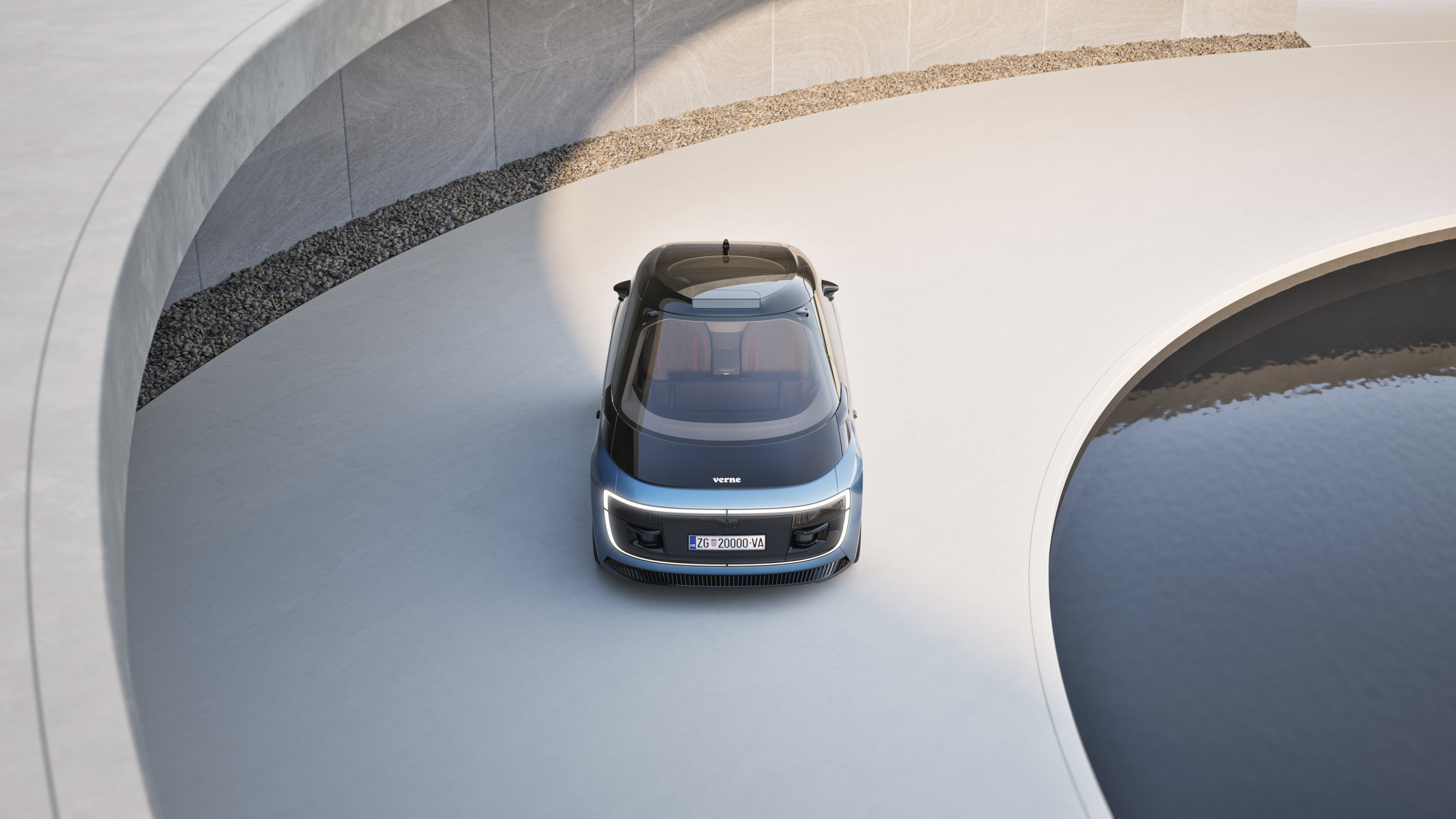
Automotive autonomy remains an unknown quantity. Despite gung-ho early predictions about the inevitability and ubiquity of self-driving technology, the legal, philosophical and, above all, technical barriers to widespread adoption remain stubbornly in place.
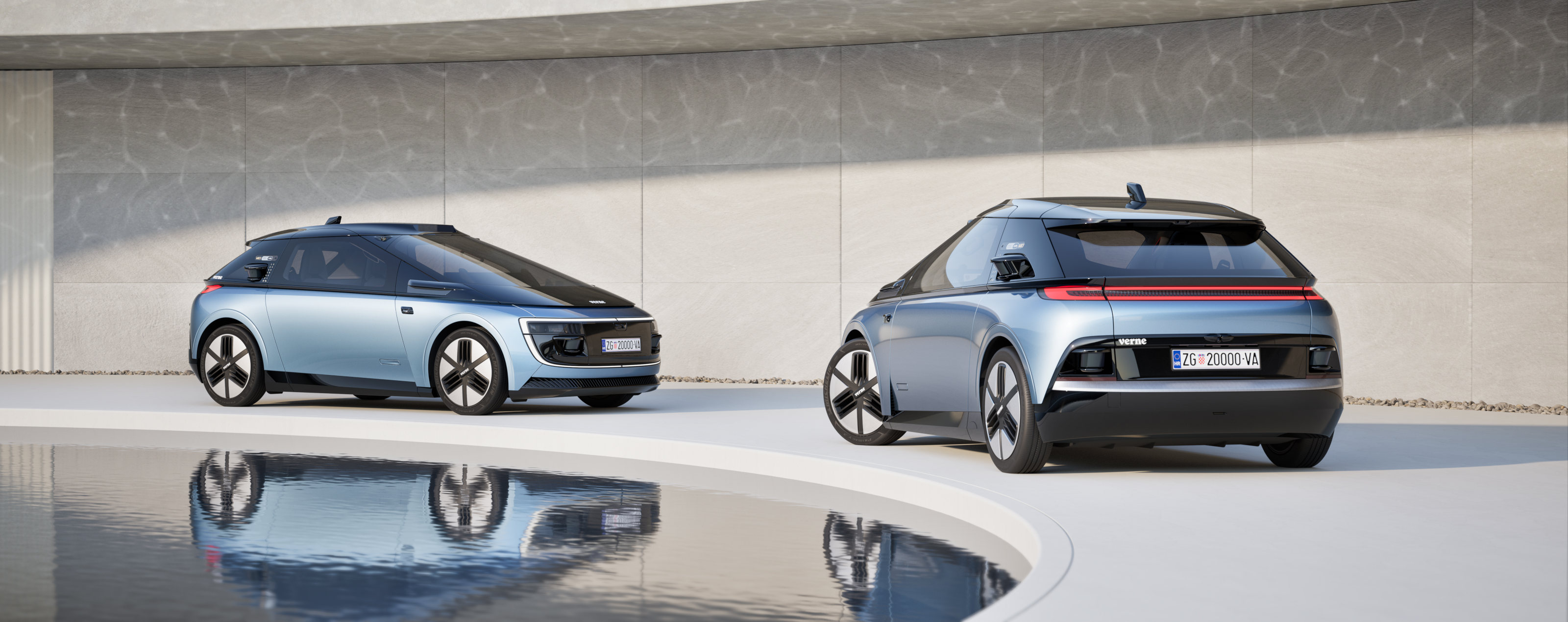
The Verne vehicle is a two-seater autonomous cab
Verne is a new company that proudly bills itself as an 'innovative concept of urban autonomous mobility'. Co-founded by Croatian engineer and entrepreneur Mate Rimac, Verne will launch as a complete eco-system of vehicle, app and service, beginning in Zagreb in 2026.
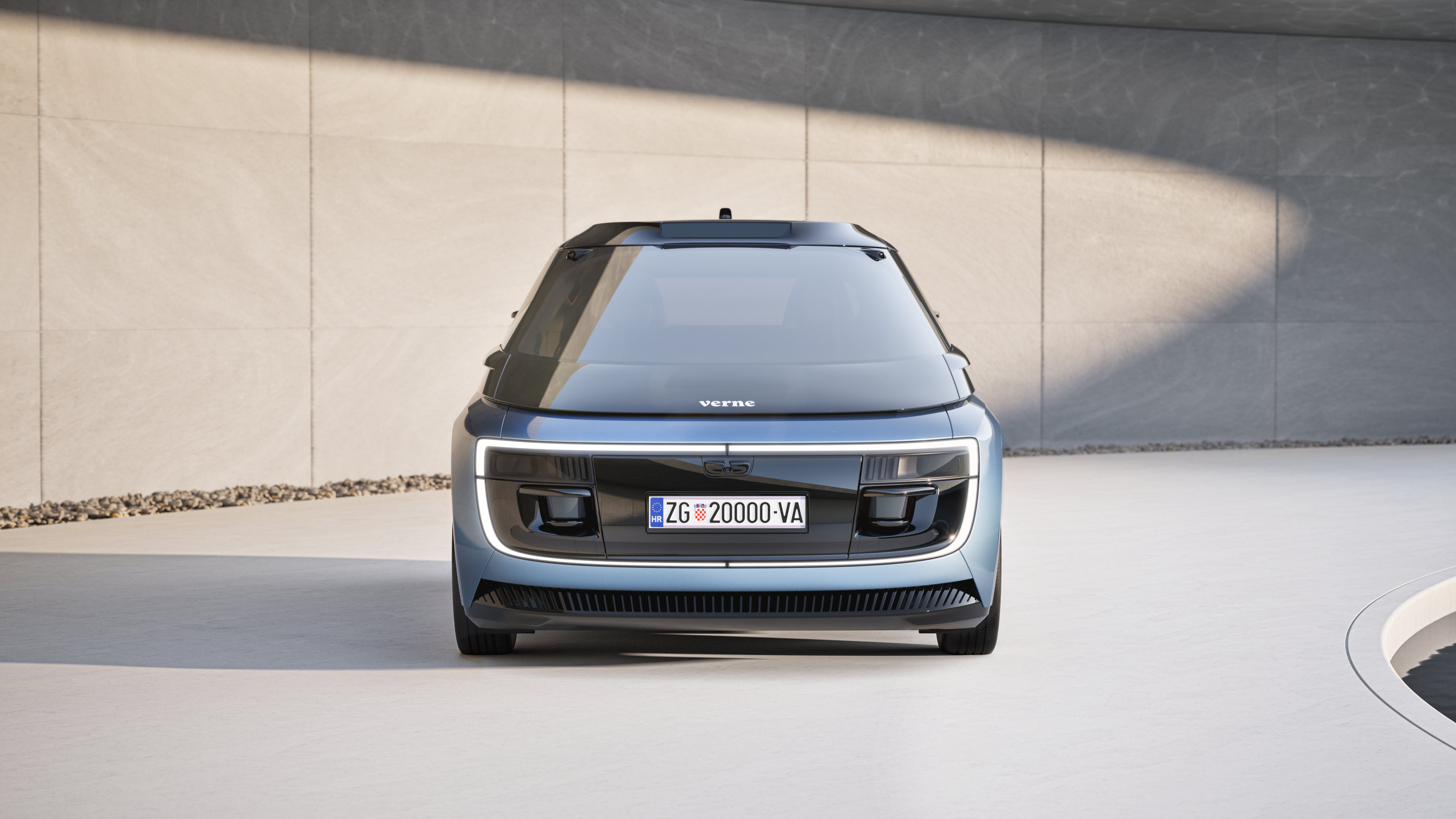
Rimac is best known for his eponymous electric hypercar company, and for Verne – named after the French pioneer of science fiction – he has joined forces with two Rimac Group colleagues, Marko Pejković, now CEO of Verne, and new chief design officer Adriano Mudri, the designer of the Rimac Nevera hypercar.
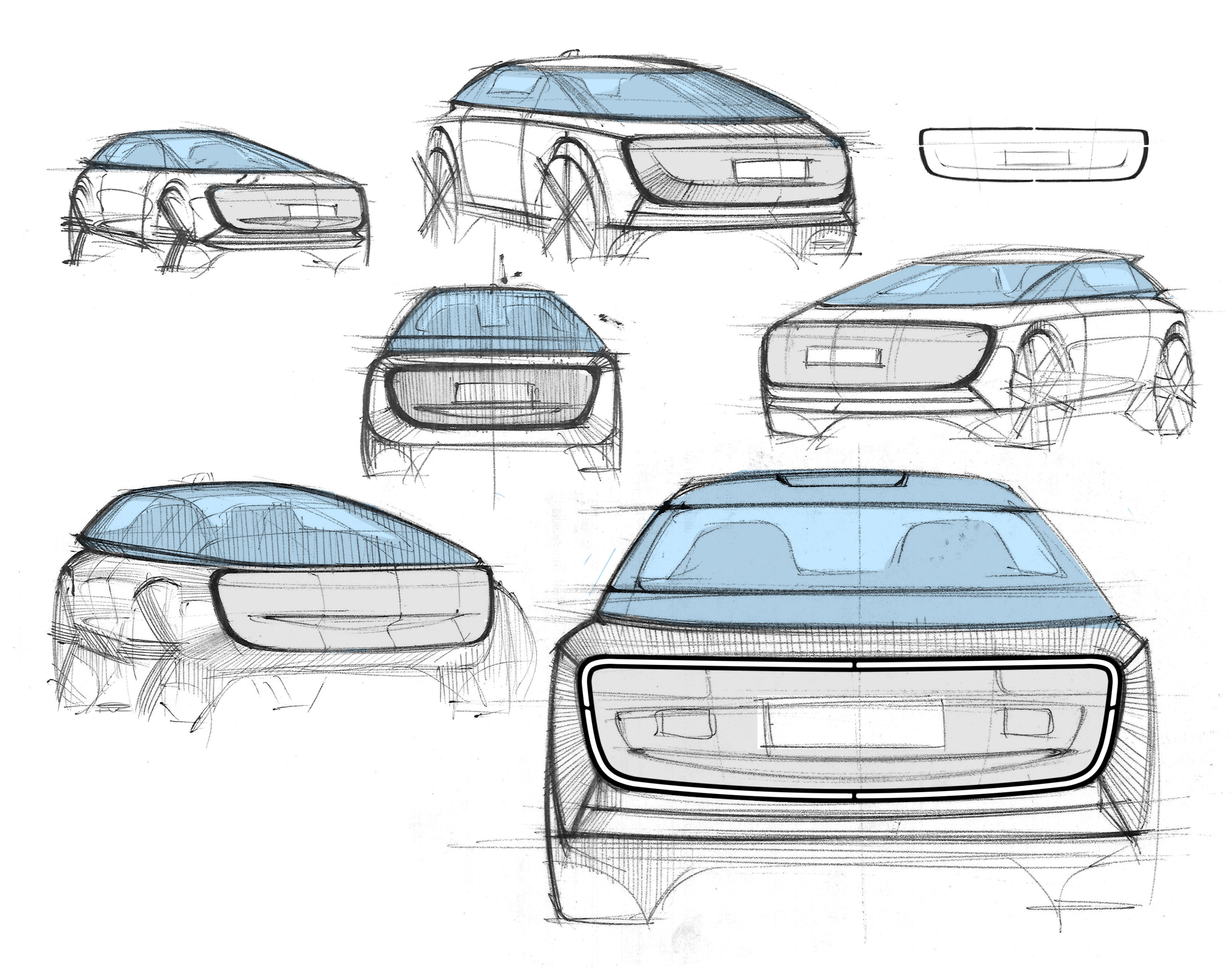
Sketches of the Verne autonomous vehicle
The Nevera is one of the fastest electric cars ever made, but Verne's service will run at a rather more leisurely pace. The public face of the service is a new fully autonomous electric vehicle, a compact two-seater with a spacious interior that makes the most of the absence of driver, dashboard, and steering wheel.
A driverless future: inside Verne’s autonomous taxi

The interior of Verne's autonomous taxi
'The data shows that nine out of ten rides are used by one or two people. Therefore, we can satisfy most of all trips with a two-seater and create unmatched interior space in a compact-sized vehicle,' says Mudri. 'More space than a Rolls-Royce to relax and spend your time well. We wanted to make the interior less automotive and more like a living room [with] an ultra-wide 43-inch display that you can use. This is for entertainment but also to get information about the journey during the ride.'
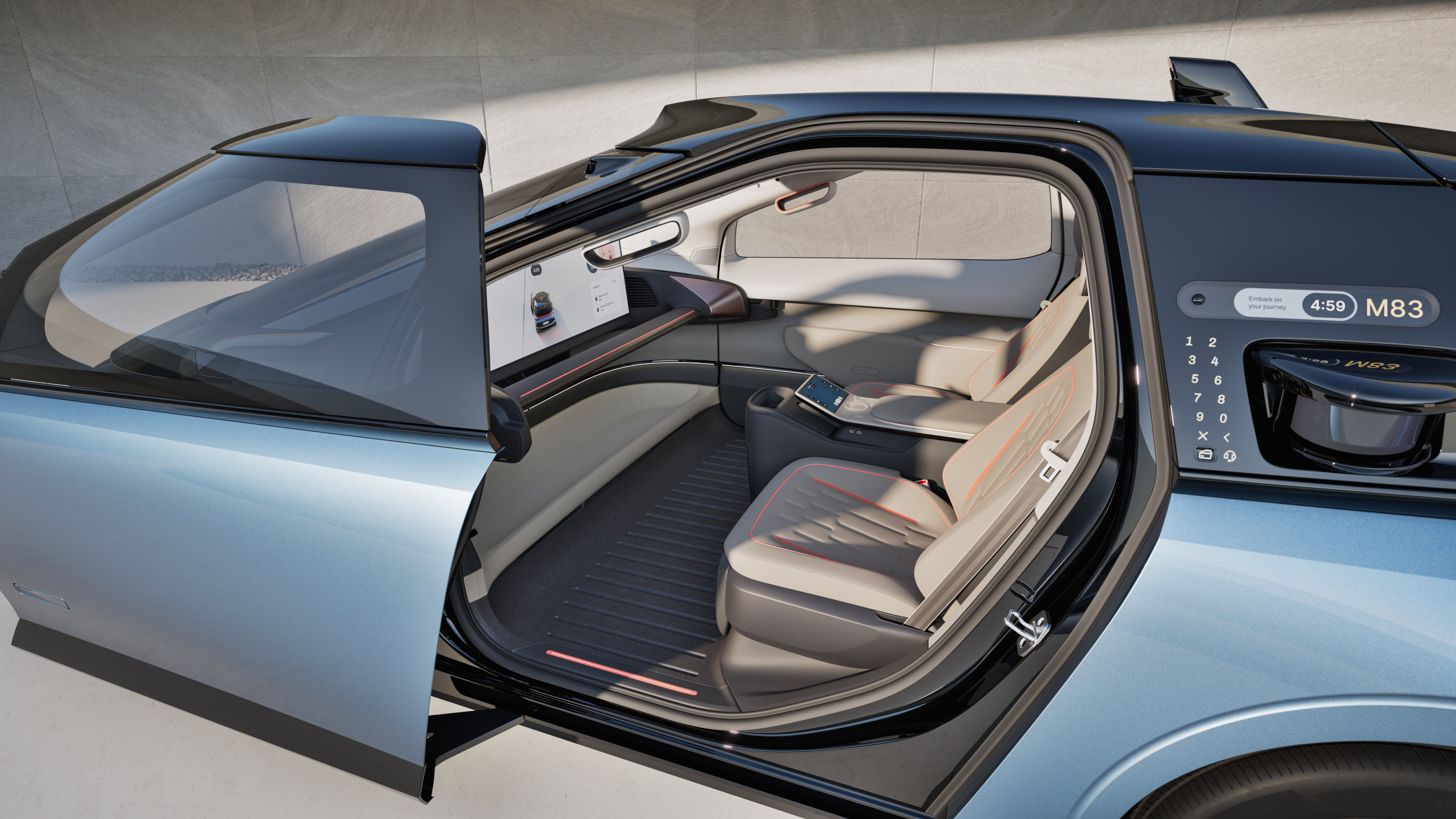
The interior of the Verne vehicle
Fixtures and fittings will be luxurious but hardwearing – think business class – with a touchpad for controlling the environment and a key physical switch, the 'Median', which will start and stop your pre-booked trip. All this is set beneath a round sunroof that the company calls the Halo ring.
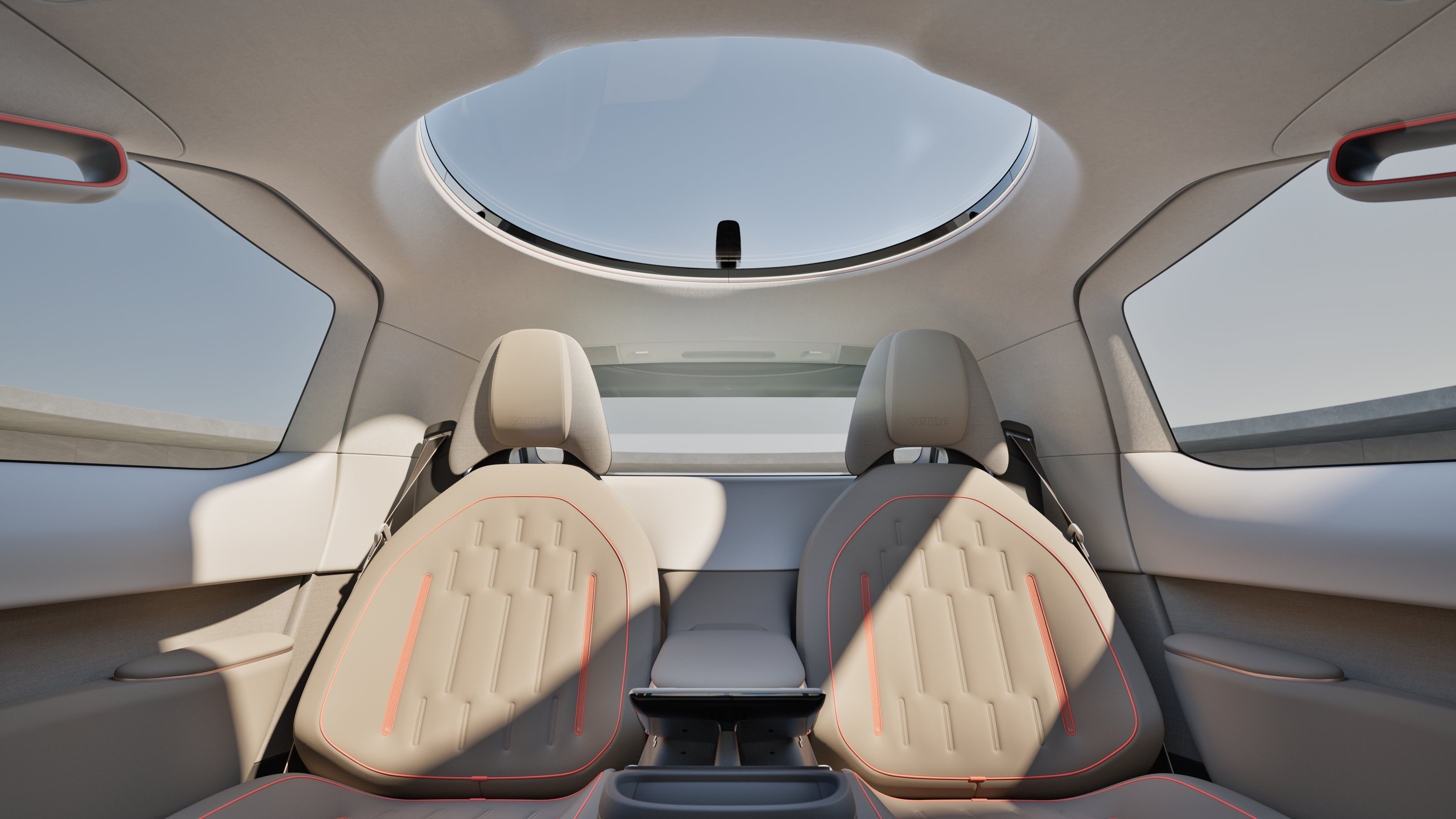
The interior of the Verne autonomous vehicle with the halo roof
The two-seat, driverless interior gives the compact vehicle a distinctive silhouette, with a long canopy-like windscreen that reaches almost to the front bumper. This inside-out design approach creates something the Verne team describe as 'spaceship-like', a look emphasised by the absence of conventional accessories like windscreen wipers and mirrors. 'This makes the aerodynamic performance more efficient and allows for easier cleaning,' says Mudri, who adds that a trunk is kept as it'll tie in with the projected use cases.
Receive our daily digest of inspiration, escapism and design stories from around the world direct to your inbox.

Scale is the key to making Verne work
The core of the service is an app that not only allows customers to hail a ride, but also to personalise the incoming vehicle to their tastes in 'comfort, lighting, temperature and even scent'. In short, Verne is an upscale driverless taxi service, a blend of Uber and Zipcar with a mature, self-driving technology.

The Verne App will shape your experience of the journey
It's the latter that'll make or break the idea. Verne is partnering with autonomous specialist Mobileye, with its Mobileye Drive platform. The vehicle will be outfitted with a substantial sensor set (cameras, radar and lidar) to help it navigate local traffic, changes in weather conditions and the countless other factors that'll come into play to make the system a success.
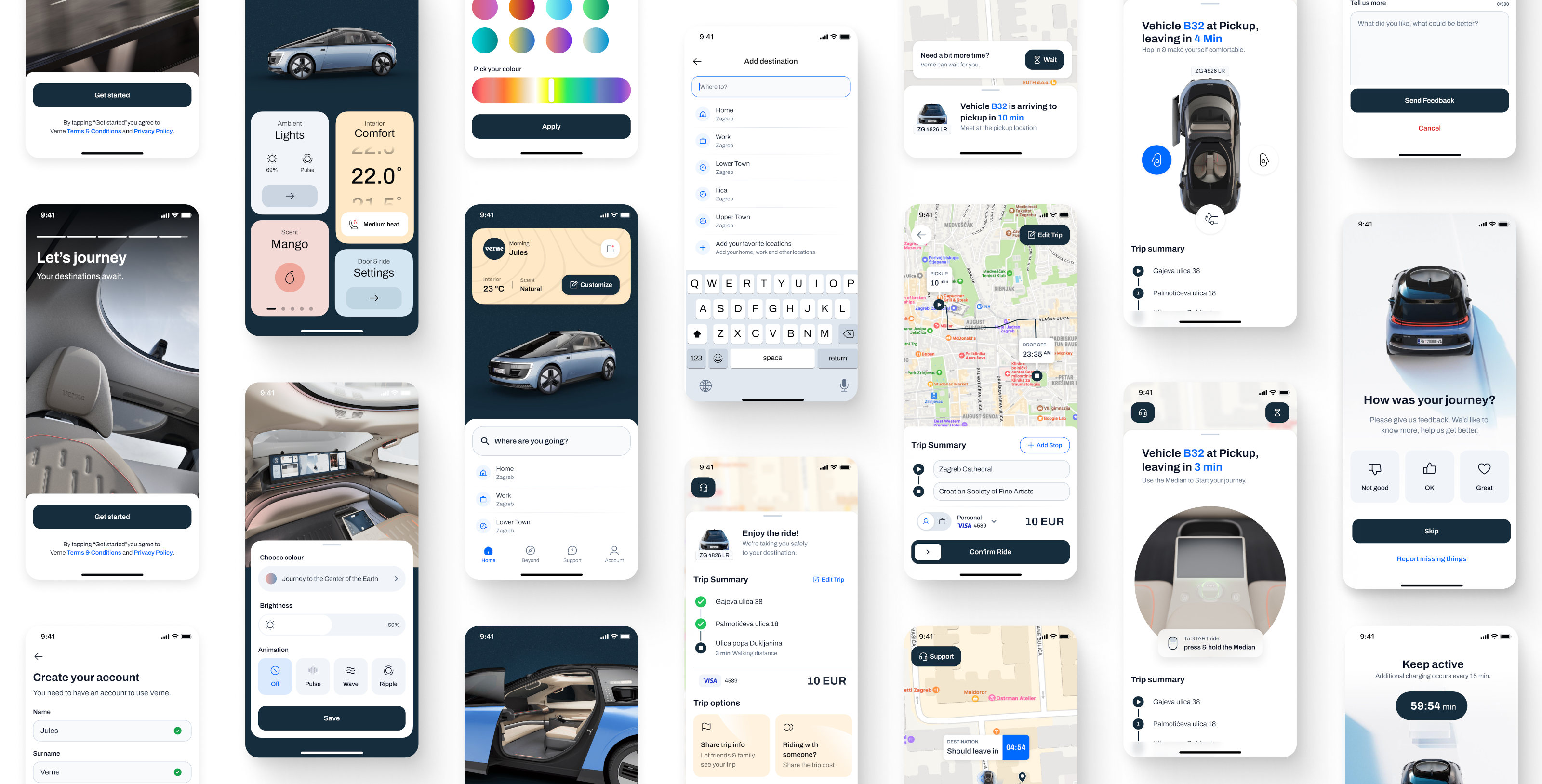
The app allows users to personalise every facet of the vehicle
To make all this happen, not only is the city of Zagreb a willing partner, but fresh physical infrastructure will be required. Each city will have its own 'Mothership', a fancy name for a depot that'll charge, clean and service each machine ready for its daily shift. The next countries on Verne's roll-out roadmap are the UK and Germany, as well as the Middle East.
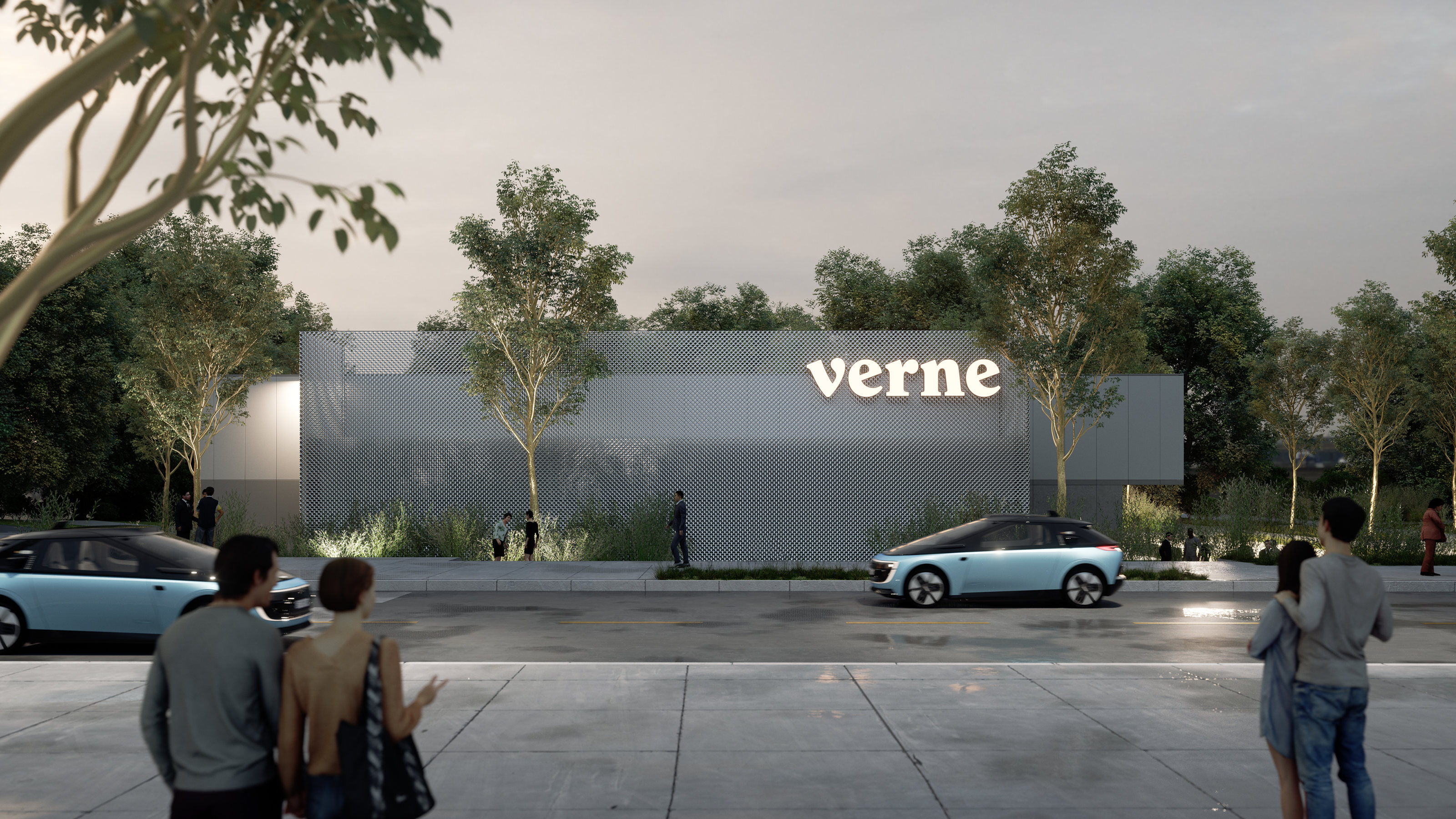
The proposed Verne Mothership
'The end result would be the best possible mobility experience for everyone,' says Mate Rimac. 'This means that every customer will have a better service than the best mobility service enjoyed by the very rich, through a service that is affordable for all.'
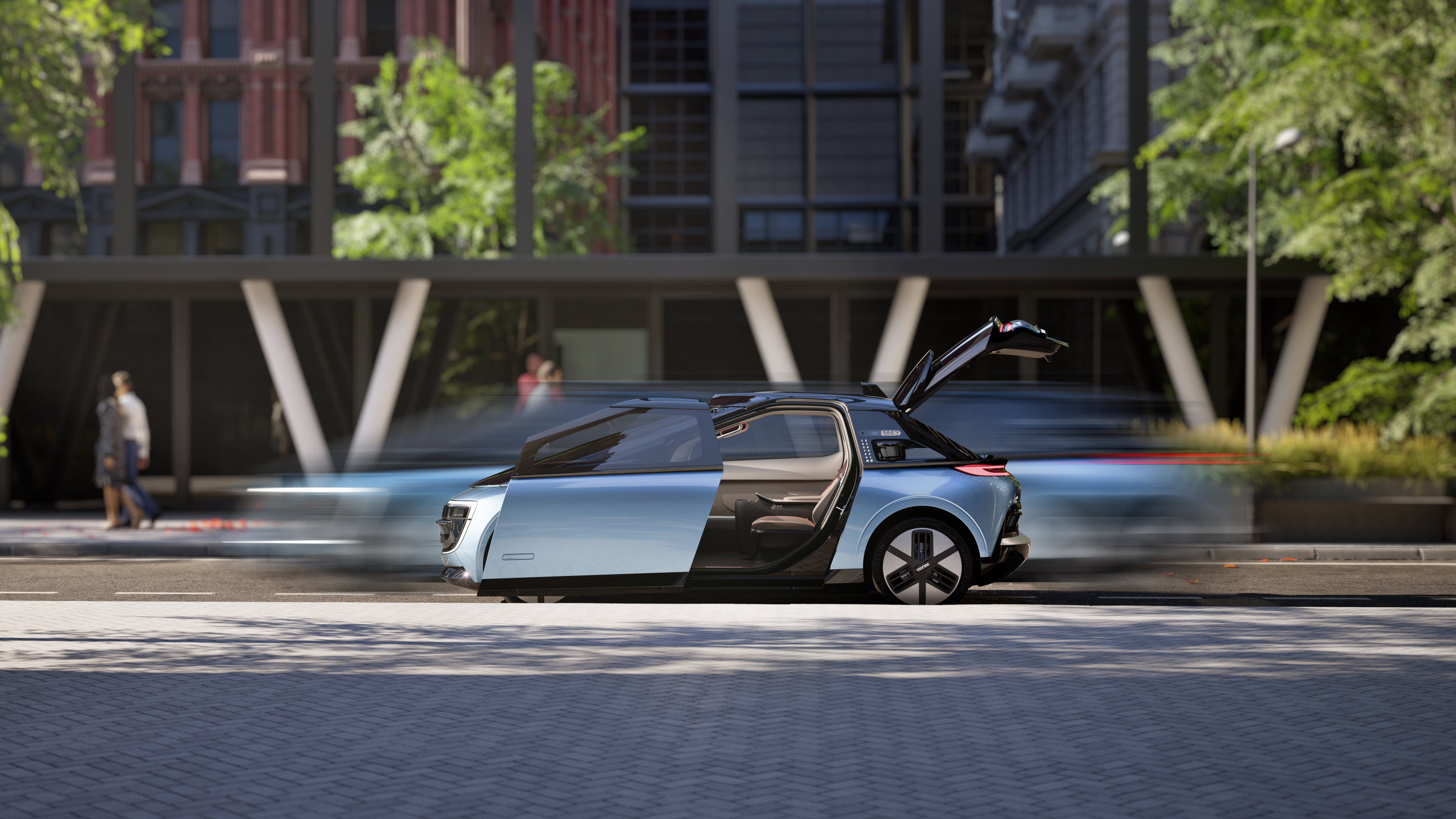
Verne, a new mobility concept
Rimac, who founded Rimac Automobili in 2011, has seen his modest company rise to a position of technical superiority in the EV industry. With the hypercar division now known as Bugatti Rimac, the Rimac Group also has divisions working with BMW and Porsche. Although pure automotive passion was the original catalyst for the company, Verne is a very different proposition, combing EV and autonomy in a pioneering way that has been much theorised but not yet put into practice.
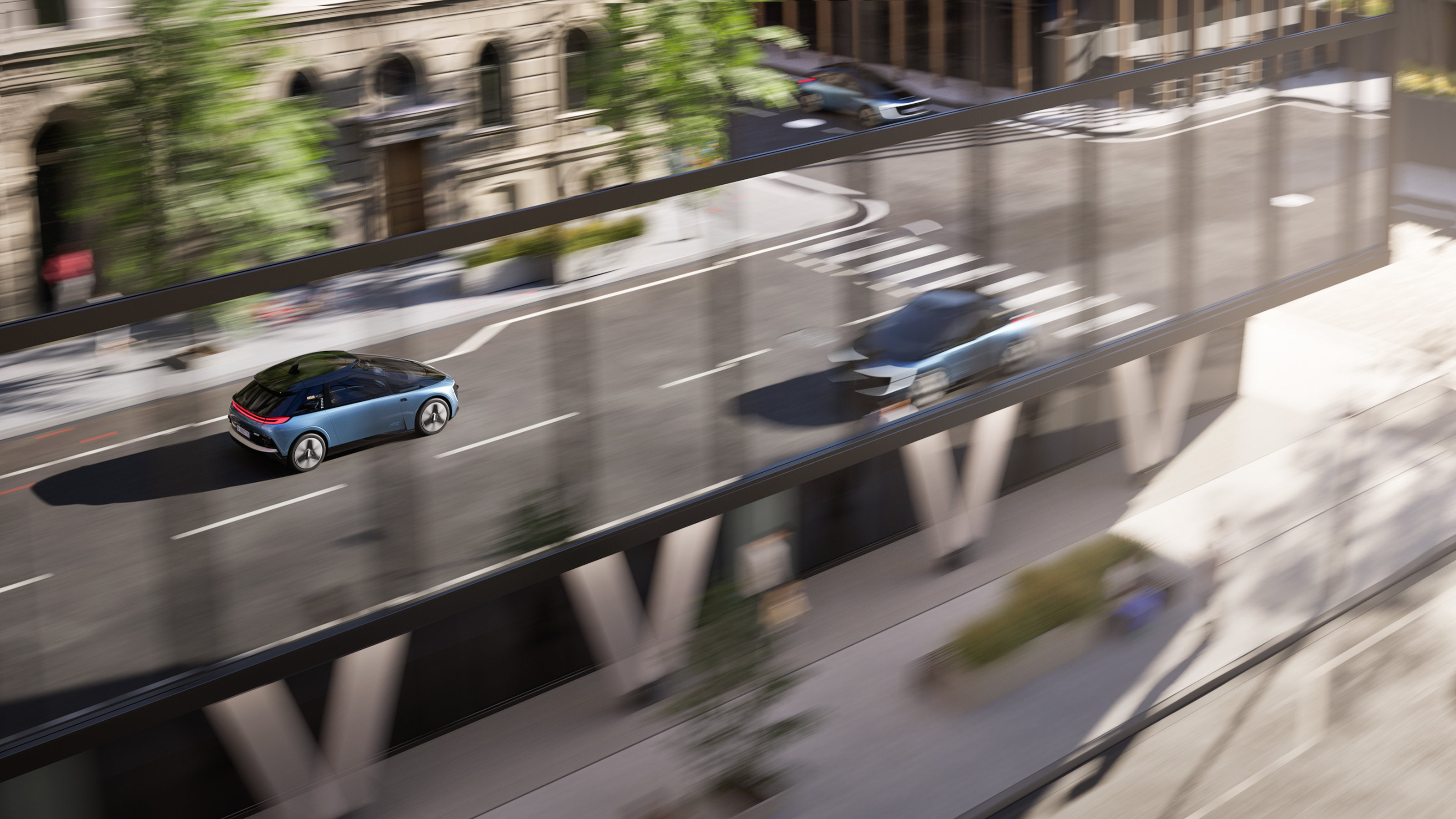
Verne will debut in Zagreb, Croatia, in 2026
'We are shifting the attention from the technology itself to its benefits,' says Rimac. 'Verne will transform travel time into a chance for personal growth, discovery, and enjoyment. In essence, enriching lives in every journey you take.'
Find out more at LetsVerne.com
Jonathan Bell has written for Wallpaper* magazine since 1999, covering everything from architecture and transport design to books, tech and graphic design. He is now the magazine’s Transport and Technology Editor. Jonathan has written and edited 15 books, including Concept Car Design, 21st Century House, and The New Modern House. He is also the host of Wallpaper’s first podcast.
-
 Eldvarm and Guillaume Delvigne reimagine the modern hearth
Eldvarm and Guillaume Delvigne reimagine the modern hearthA decade after releasing its first fireplace tools, Paris-based brand Eldvarm presents Fumi, a pared-back companion set designed by French designer Guillaume Delvigne.
-
 Sonoforma fashions guitar furniture for players who want to blend sound into their interior
Sonoforma fashions guitar furniture for players who want to blend sound into their interiorThe new Sonoforma Rhapsody guitar cabinet splices mid-century lines with sonic innards, creating an amplifier that instantly feels right at home
-
 In the heart of Basque Country, Bjarke Ingels unveils a striking modular building devoted to culinary research
In the heart of Basque Country, Bjarke Ingels unveils a striking modular building devoted to culinary researchSee what the architect cooked up for the Basque Culinary Center in San Sebastián, Spain
-
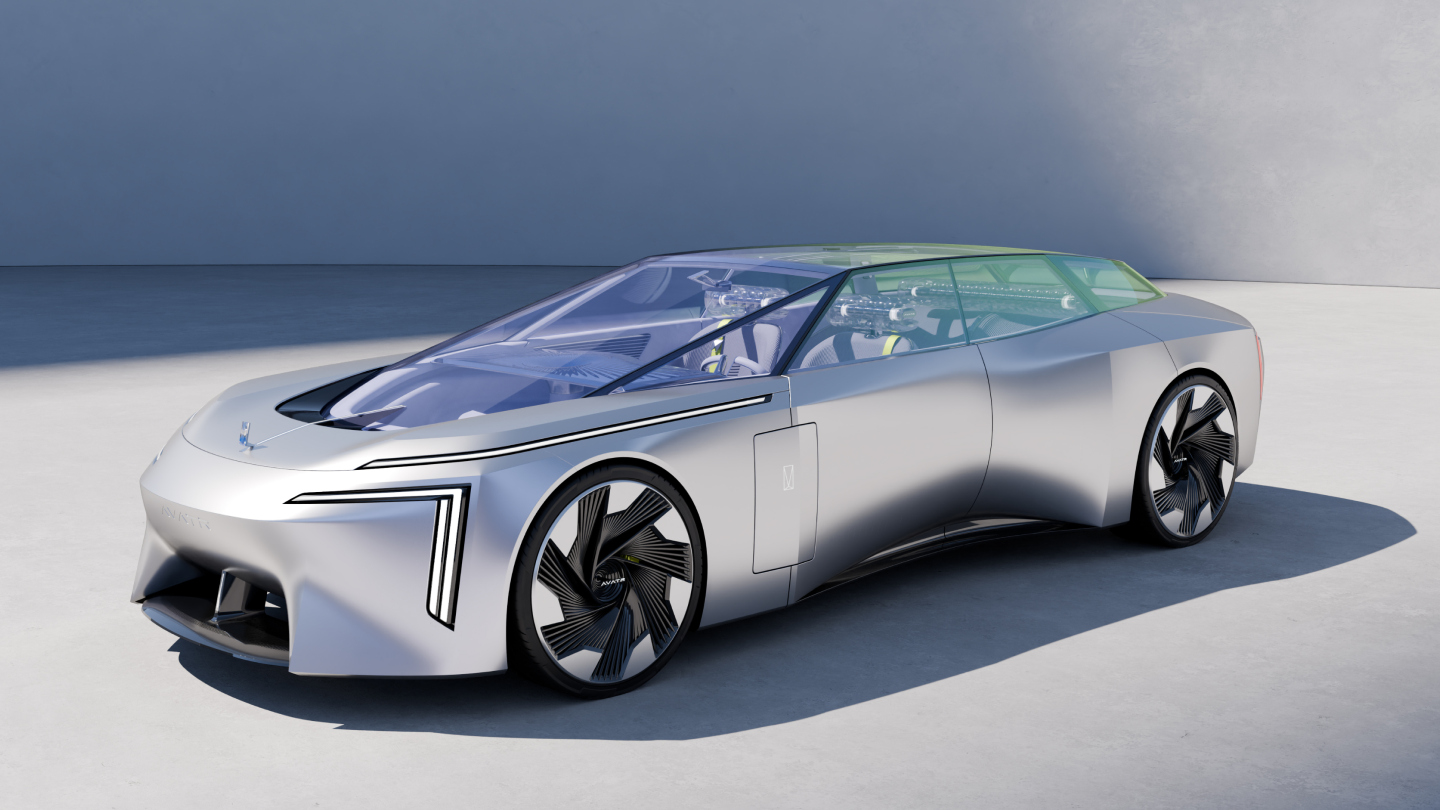 Avatr Vision Xpectra concept transforms cars into ‘emotionally intelligent companions’
Avatr Vision Xpectra concept transforms cars into ‘emotionally intelligent companions’Revealed in Munich, electric car maker Avatr’s futuristic Vision Xpectra is a car that is not only beautiful, but a true form of ‘emotive luxury’
-
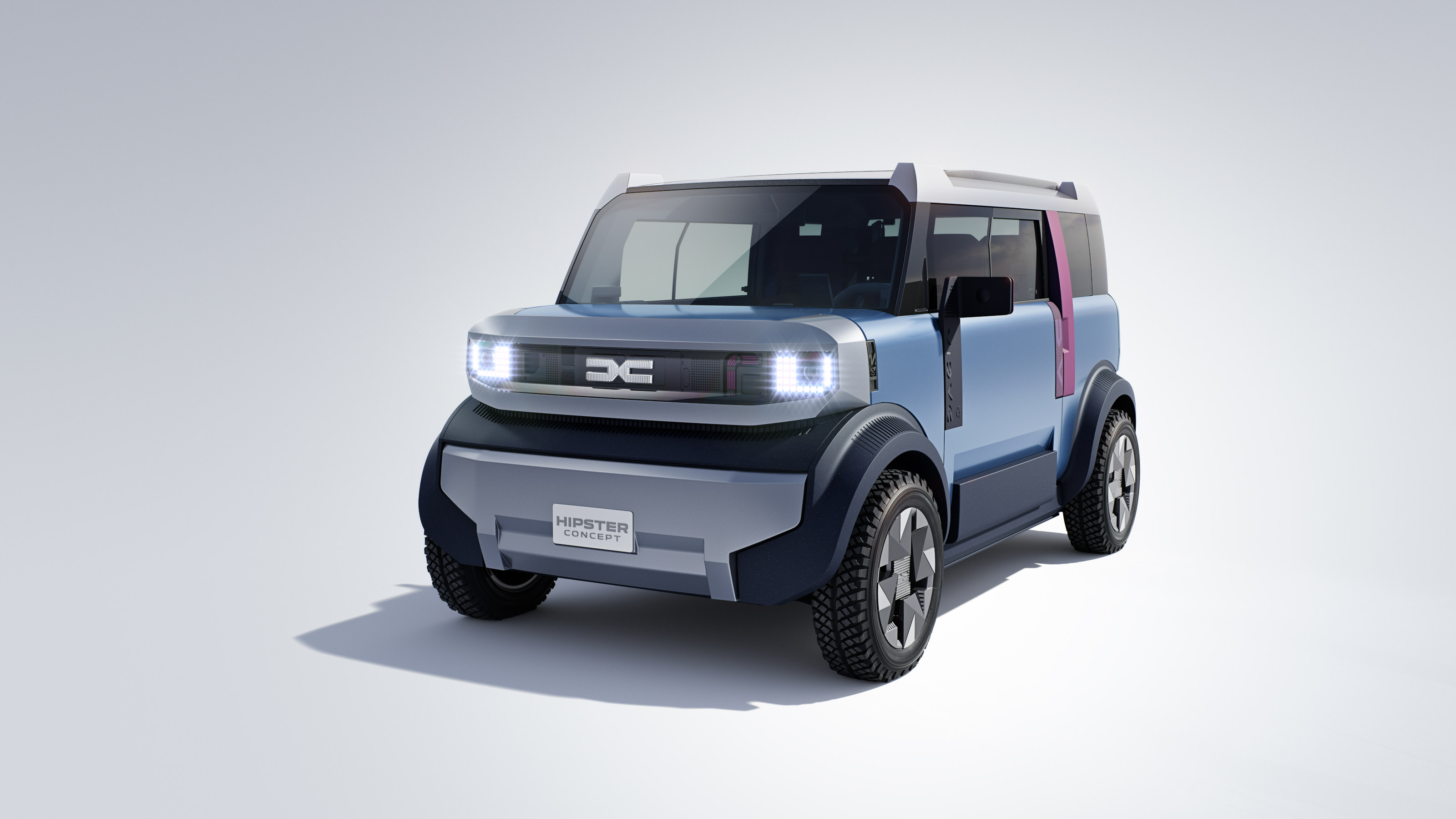 Dacia wants to make small cars great again – all hail the new Hipster Concept
Dacia wants to make small cars great again – all hail the new Hipster ConceptThe best way to minimise energy use in all its forms is to downsize. The Dacia Hipster Concept is a smart way of making a practical car way more pint-sized
-
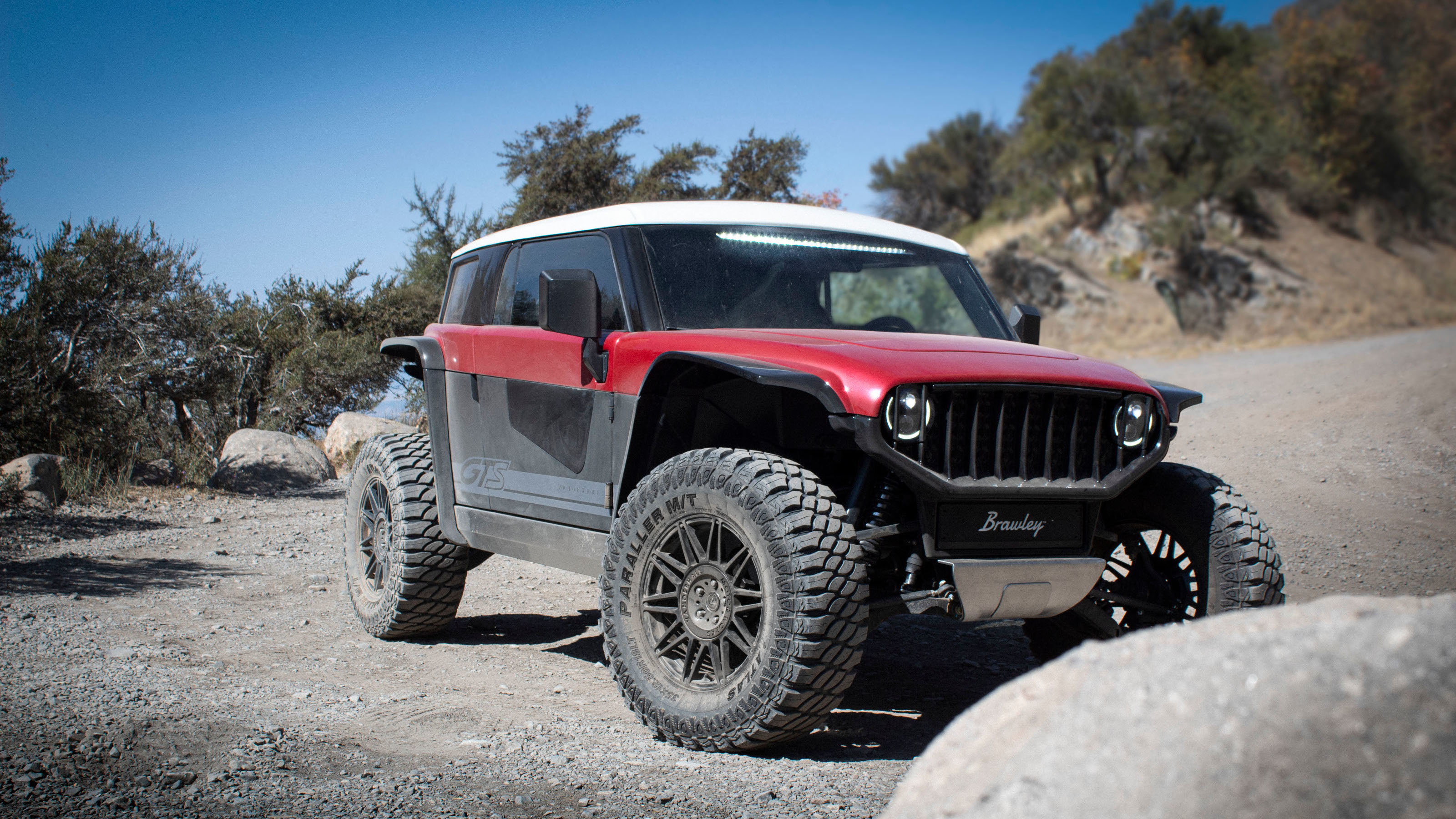 The Vanderhall Brawley GTS is a compact but mighty electric off-roader
The Vanderhall Brawley GTS is a compact but mighty electric off-roaderDeliveries of Vanderhall’s Brawley GTS have started, bringing zero-emission trail driving to enthusiasts across America
-
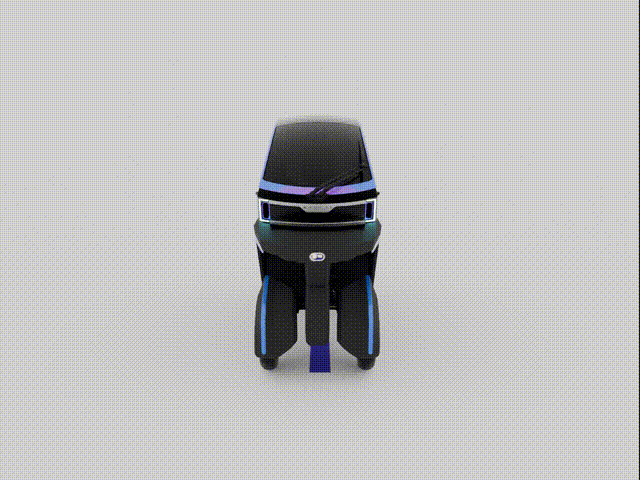 The Aemotion is a tilting two-seater designed to zip through city traffic
The Aemotion is a tilting two-seater designed to zip through city trafficAn electric commuting machine, the Aemotion provides swift, safe and enclosed transport for two
-
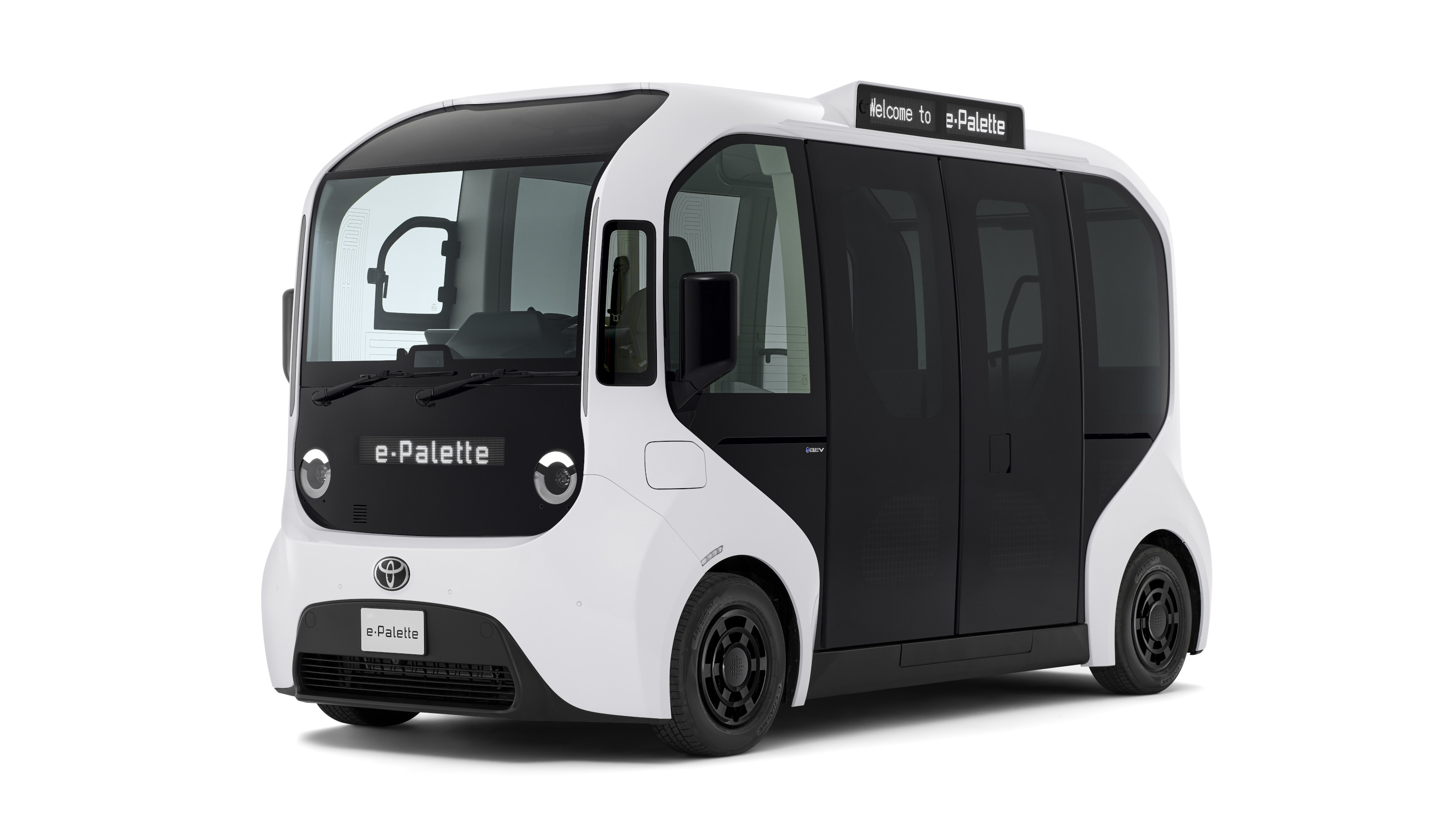 You can now buy Toyota’s robotised micro-bus, with more autonomy coming soon
You can now buy Toyota’s robotised micro-bus, with more autonomy coming soonThe Toyota e-Palette is the urban transport of the future, a multifunctional autonomous vehicle designed to cover several roles in the same day
-
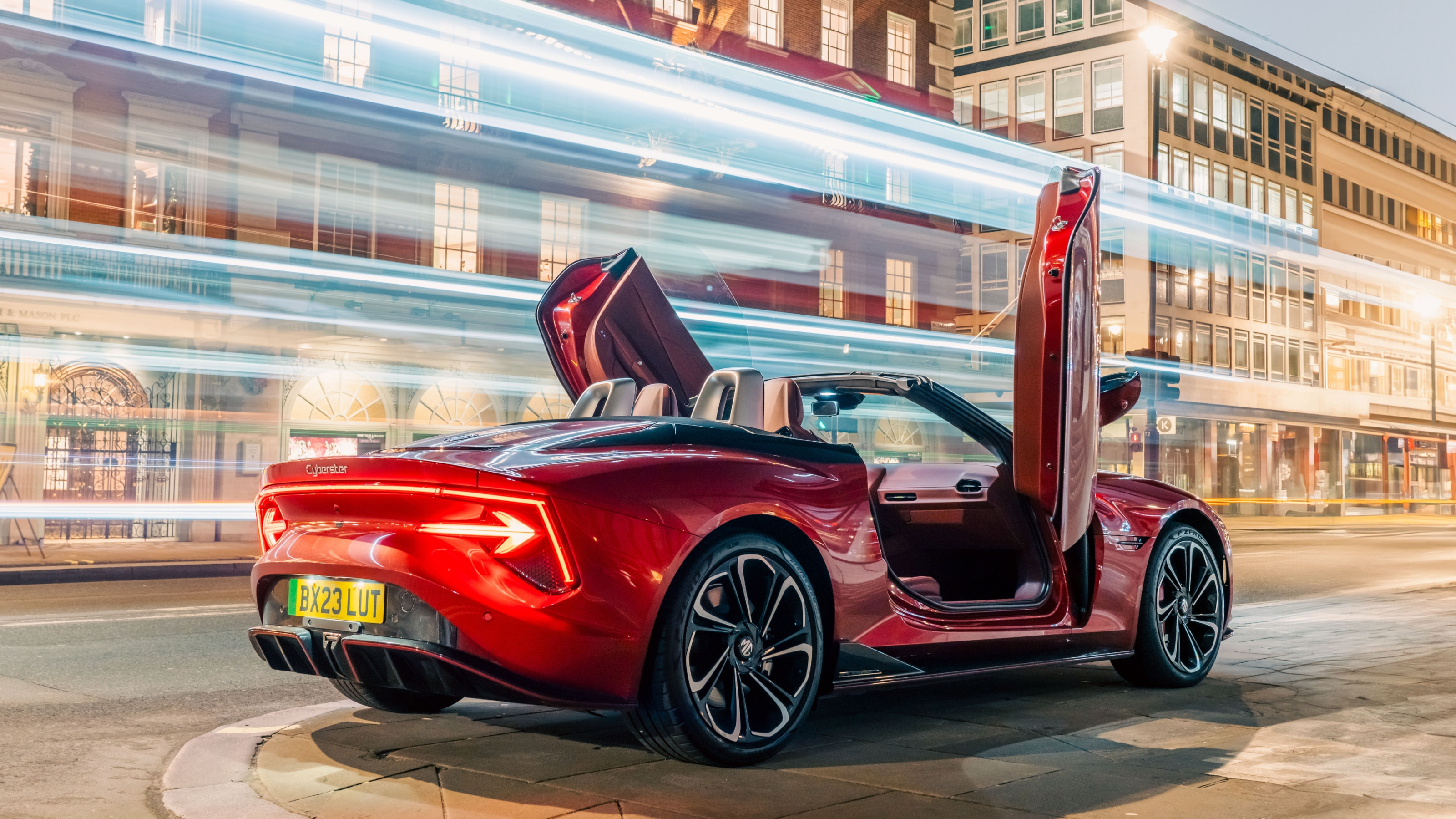 Is the MG Cyberster an electrifying sports car or a hefty grand tourer? In truth, it’s a bit of both
Is the MG Cyberster an electrifying sports car or a hefty grand tourer? In truth, it’s a bit of bothMG returns to its roots, sort of, with a sporting two-seater that electrifies the sector and points to a bolder design future for the Chinese-owned brand
-
 The Audi Concept C strives for clarity, drawing on the past to present a new face for the future
The Audi Concept C strives for clarity, drawing on the past to present a new face for the futureLaunched this month in Milan, the Audi Concept C is a reboot of both design language and visual identity for the German manufacturer
-
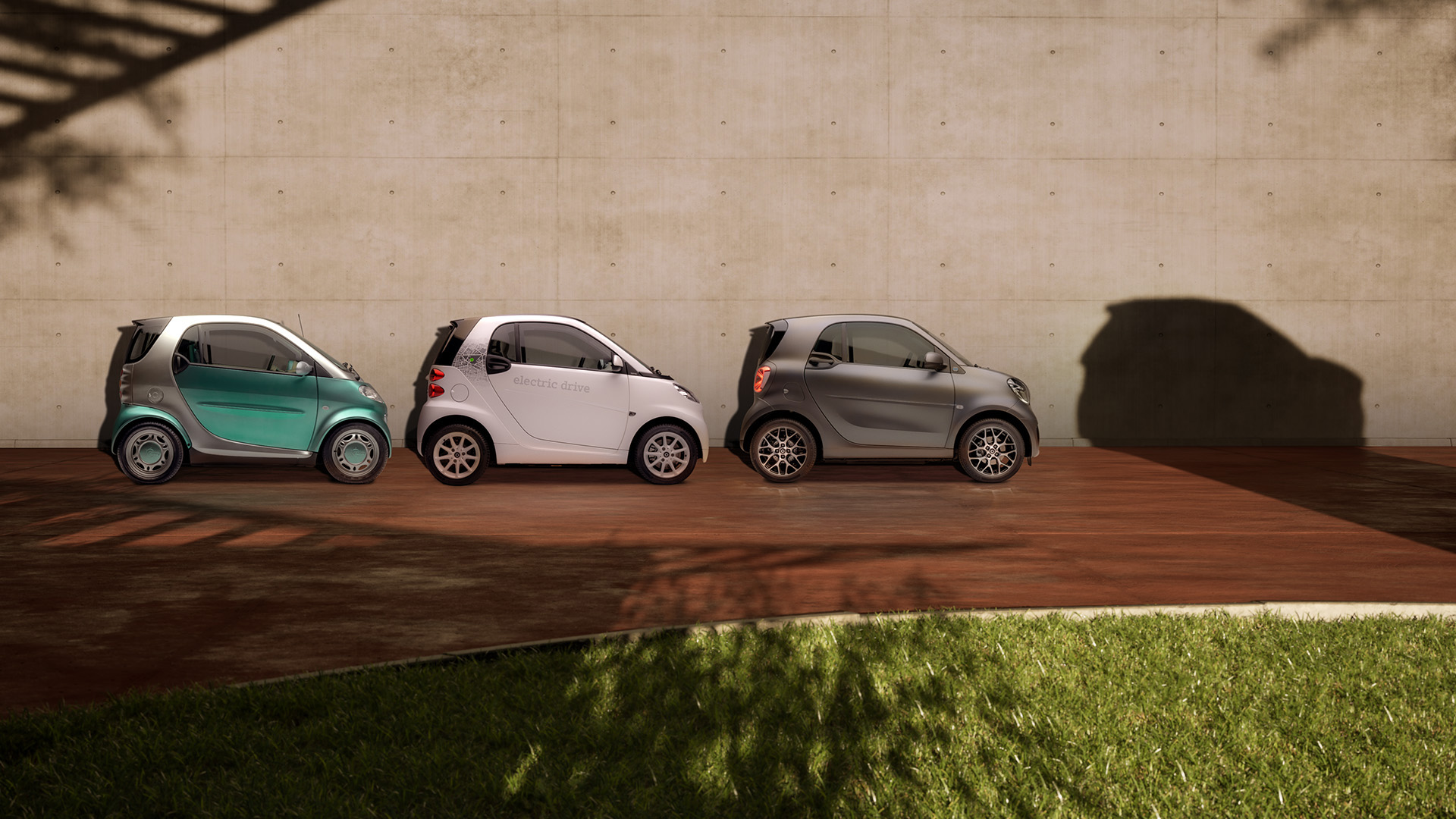 Smart looks set to scale down again with its forthcoming ultra-compact electric city car
Smart looks set to scale down again with its forthcoming ultra-compact electric city carEver since Smart was reborn as an all-electric brand, fans have mourned the lack of a true city car replacement. The wait is nearly over as the company announces the upcoming Smart #2